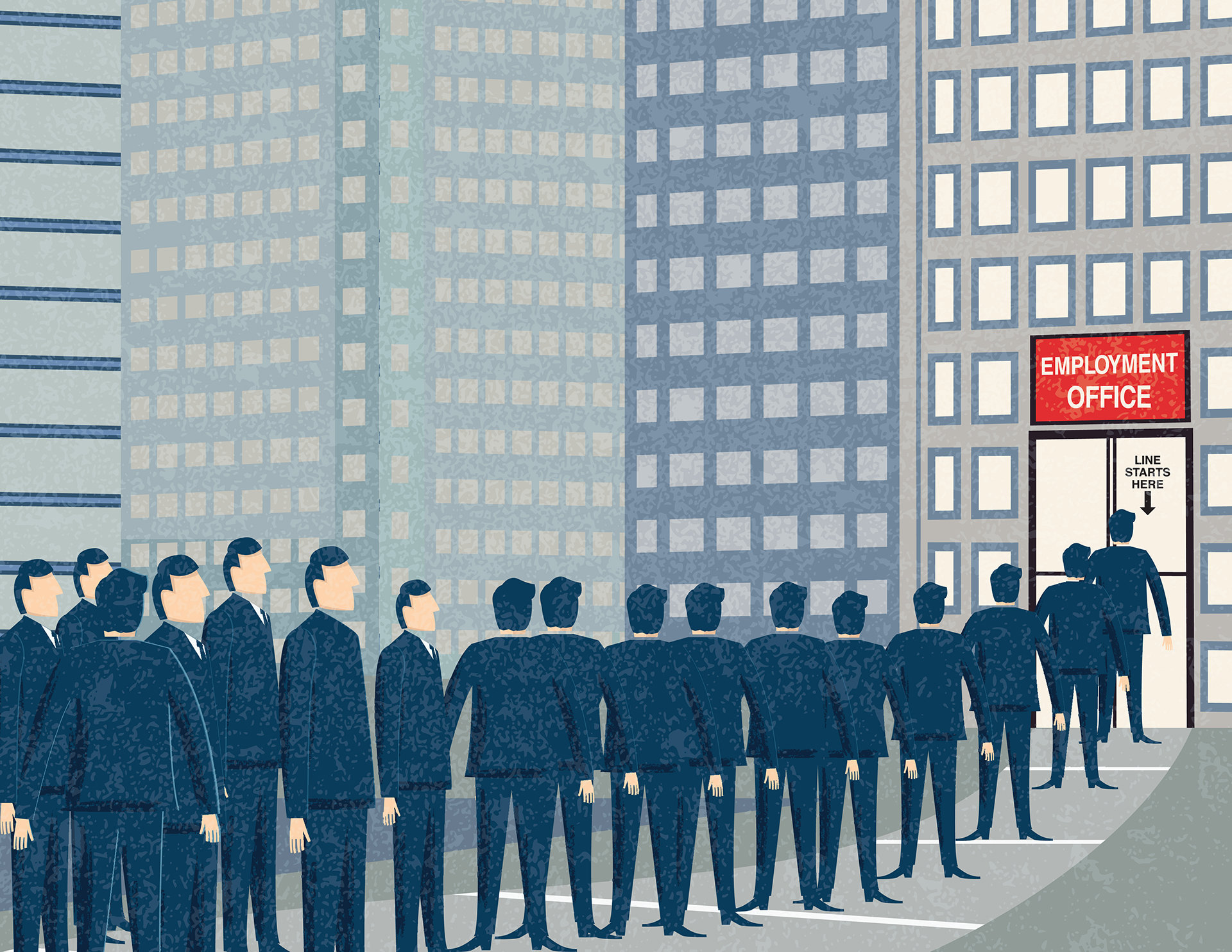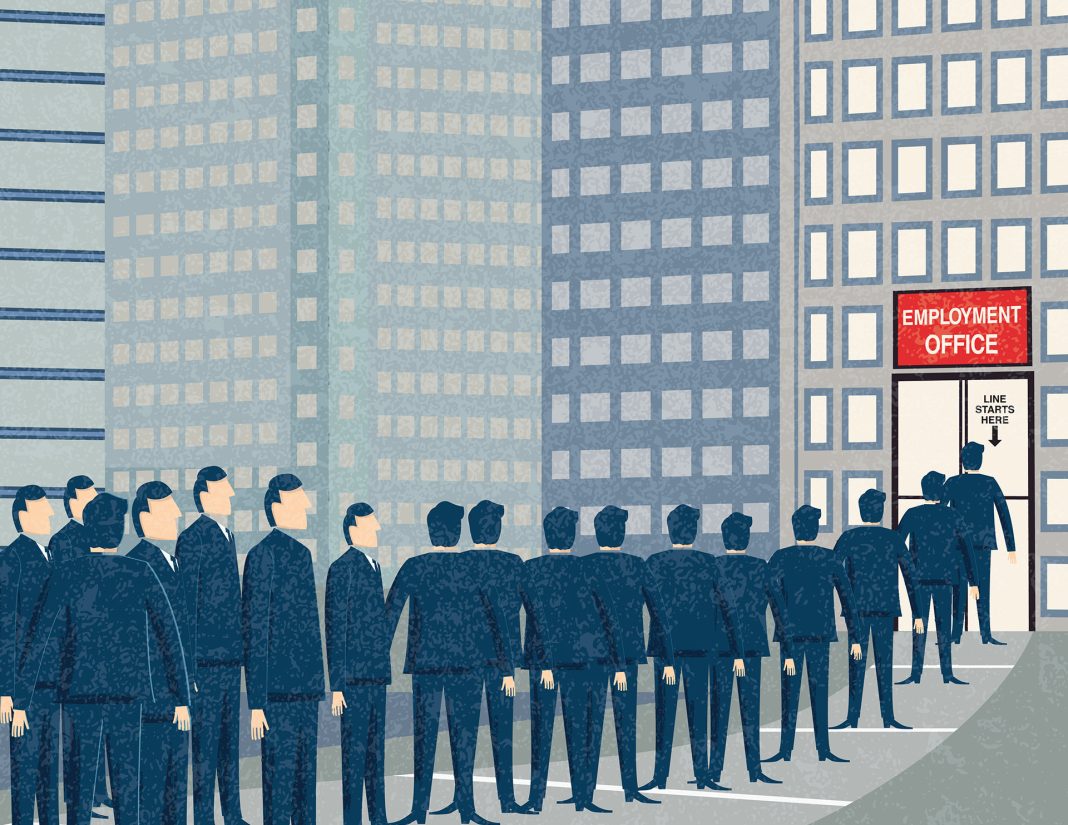
The Potential Threat of Stagflation to the US Economy
In a recent speech at the Council of Institutional Investors’ fall conference, Jamie Dimon, the CEO of JPMorgan Chase, expressed concern about the possibility of stagflation impacting the US economy. Stagflation, a term associated with the 1970s, refers to a combination of stagnant economic growth, rising unemployment, and elevated price pressures. Dimon warned that this outcome, which he considers worse than a recession, should not be ruled out.
Stagflation could have severe consequences for the US economy. It could lead to a decline in stock markets, put a strain on retirement accounts, and reduce consumer purchasing power. Policymakers would face the challenge of reviving economic growth without exacerbating inflation, potentially leading to prolonged economic hardship.
Investors and economists are closely monitoring signs of slowing growth and potential weaknesses in the labor market. The Federal Reserve has been combatting high inflation for over two years by implementing high interest rates, which have increased borrowing costs and cooled demand. Although inflation has decreased from its peak of 9 percent in June 2022 to 2.6 percent in August 2024, there are concerns that inflationary pressures could resurge. Expectations suggest that inflation will settle around the 3 percent mark in the long term.
The University of Michigan’s consumer sentiment survey revealed that Americans expect inflation to reach 2.7 percent over the next 12 months, slightly lower than the previous month. However, long-term inflation expectations, spanning five years, rose to 3.1 percent in September, indicating persistent concerns about inflation despite recent improvements.
Jamie Dimon echoed these concerns, stating that higher government deficits and continued infrastructure spending could reignite inflationary pressures. He believes that it is premature to assume that the economy is entirely out of the woods.
Economists at Euro Pacific Capital Management also caution against complacency in the fight against inflation. They identify three sectors—medical care, shelter costs, and transportation services—as potential red flags for a resurgence of inflation. The latest data on the Consumer Price Index (CPI) supports their concerns, as headline inflation fell to 2.5 percent annually, while core CPI, which excludes food and energy, rose by 0.3 percent month over month, surpassing expectations.
Investors anticipate that the Federal Reserve will cut interest rates at its next policy meeting on September 18. While this move would reduce borrowing costs and alleviate pressure on the economy, it could also contribute to inflationary pressures.
Federal Reserve Chair Jerome Powell acknowledged the progress made in combating inflation during a speech at the Jackson Hole conference. However, he emphasized that the task is not yet complete and that rate cuts are imminent. Powell noted that the Fed’s objective in the current interest rate-hiking cycle has been to avoid sharp increases in unemployment. He stated that evidence of cooling in the labor market is evident and implied that rate cuts will be based on incoming data, the evolving outlook, and the balance of risks.
In conclusion, the risk of stagflation poses a significant threat to the US economy. While efforts have been made to combat inflation, concerns persist due to signs of slowing growth and potential weaknesses in the labor market. Policymakers and investors must remain vigilant and proactive in addressing these challenges to mitigate the potential impact of stagflation on the economy.

